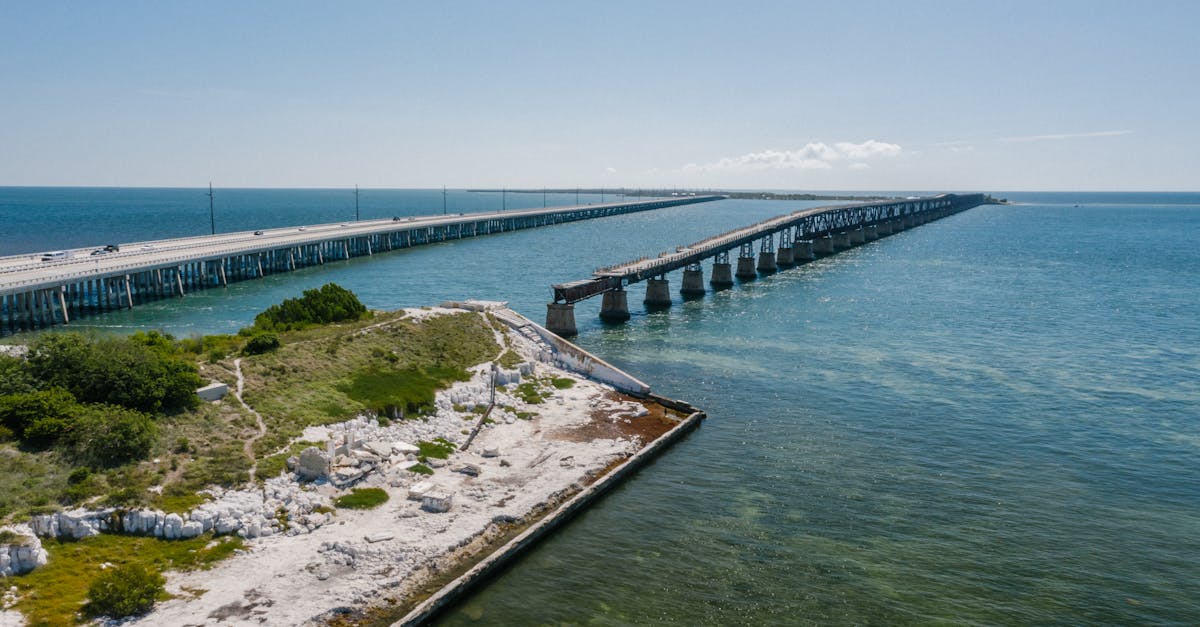India’s Path: Progress or Parochialism
-
India faces a critical choice between prioritizing cultural nationalism and achieving technological progress. The RSS’s call to reject English and Western influence clashes with the government’s aim for global tech leadership.
-
Only 10% of Indians have access to English, the de facto language of higher education and many high-paying jobs, creating a stark educational divide. This disparity is a result of political choices, not accident.
-
Countries like China, South Korea, and Vietnam prioritize English proficiency as a crucial economic asset, integrating it into their education systems from a young age. This has significantly boosted their economic growth, particularly in technology.
-
English proficiency is vital for participation in AI, data analytics, advanced manufacturing, and other high-growth sectors. A lack of English skills limits employment opportunities for a large portion of the Indian population.
-
Kerala’s success in teaching both Malayalam and English demonstrates that linguistic pride and economic pragmatism can coexist. This model leads to higher STEM enrollment and improved employment prospects.
-
India’s demographic dividend could turn into a liability without widespread English proficiency. The country needs to view English as an essential tool for economic competitiveness, not a threat to its culture. The choice is between global competitiveness and obsolescence.
APAAR: Education Passport
-
APAAR ID, a unique 12-digit identifier for Indian students, is part of the “One Nation, One Student ID” initiative. It aims to create a lifelong academic record, facilitating educational transitions and digital record-keeping.
-
Concerns exist regarding the system’s voluntary nature. While officially voluntary, pressure from CBSE and state governments like Uttar Pradesh suggests de facto mandatory enrollment.
-
Data privacy is a major concern. Linking APAAR ID to Aadhaar raises worries about the handling of sensitive student data without sufficient safeguards. The lack of robust data protection measures and potential for coercion violate the Supreme Court’s ruling on Aadhaar’s non-mandatory nature for education.
-
Parents and activists are resisting, citing the lack of legal safeguards and the potential for coercion. Several advocacy groups are helping parents challenge mandatory enrollment. Difficulties linking Aadhaar to APAAR due to name mismatches further complicate the process.
-
The situation highlights the tension between government initiatives for educational standardization and individual rights, particularly data privacy and informed consent. The potential for de-recognition of schools that don’t comply adds further pressure.
India’s Quantum Leap
-
The National Quantum Mission (NQM) is a ₹6,003.65 crore, eight-year initiative (2023-2031) to advance quantum technology in India.
-
The NQM aims to develop intermediate-scale quantum computers (50-1000 qubits) within eight years, utilizing various platforms.
-
The mission will establish secure quantum communication networks within India (2000 km range) and internationally.
-
Development of high-sensitivity magnetometers, atomic clocks, and quantum materials (superconductors, etc.) is included.
-
Four Thematic Hubs (T-Hubs) have been established at leading Indian institutions (IISc Bengaluru, IIT Mumbai, IIT Delhi, IIT Chennai) to conduct research and development in quantum computing, communication, sensing & metrology, and materials & devices. IIT Kanpur acts as a coordinating center.
-
Initial funding has been allocated to the hubs, with a projected ₹1500 crore expenditure in the coming year. Uttar Pradesh received the largest initial state-level allocation for quantum computing development.
-
The NQM seeks to create a robust ecosystem for quantum technology research, development, and industry collaborations. This includes human resource development and international collaborations.
-
Quantum computers offer the potential for significantly faster computation speeds and exponentially more secure communication compared to current technologies. The project aims to achieve milestones in qubit development over the next several years.
Nicobar Project
-
The Great Nicobar Island (GNI) project, launched in 2021 by NITI Aayog, aims to develop a strategic hub for commerce, tourism, and defense.
-
Key components include an International Container Transshipment Terminal (ICTT), a large international airport, a new township, and a power plant. It will span 16,610 hectares.
-
The project is implemented by ANIIDCO and aligns with India’s Maritime Vision 2030 and Amrit Kaal Vision 2047.
-
GNI’s strategic location, equidistant from Colombo, Port Klang, and Singapore, is a major factor. It’s also close to the Malacca Strait.
-
The project’s proximity to Indonesia and Myanmar enhances India’s maritime security in the Indo-Pacific region. It also strengthens India’s claim to significant ocean space under UNCLOS.
-
Development has been slow due to distance, environmental clearance processes, and inter-agency coordination challenges.
-
The project faces opposition due to potential ecological damage and the impact on the Shompen and Nicobarese tribal groups, particularly vulnerable tribal groups (PVTGs).
-
The Andaman and Nicobar Islands are 836 islands, divided into Andaman and Nicobar groups by the Ten Degree Channel. Great Nicobar, the largest Nicobar island, is a largely untouched rainforest.
-
Despite claims of no objections, the project’s environmental impact and the rights of indigenous communities remain significant concerns.

Trump’s Policies
-
Import Tariffs: Threatening tariffs on all countries will raise prices for US consumers, increase inflation, and harm US firms due to higher import costs. Retaliatory tariffs from other nations will further damage US producers.
-
Territorial Expansion: Trump’s rhetoric about expanding US territory through annexation is viewed as imperialist, damaging international trust and cooperation.
-
Security Guarantees: Backtracking on security commitments to allies, particularly regarding NATO and Ukraine, erodes US credibility and weakens alliances.
-
Government Spending Cuts: Reducing the federal workforce and cutting government spending risks undermining economic growth, as this spending fueled demand after the 2008 crisis and the COVID-19 pandemic.
-
Immigration Policies: Deporting illegal immigrants could create labor shortages and raise wages, impacting US producers.
-
Tax Cuts and Deregulation: While generally seen as economically positive, tax cuts are fiscally unsustainable without significant spending reductions. Deregulation risks harming consumers and increasing corporate malfeasance.
-
Overall Economic Impact: These policies, combined, risk causing a recession or stagflation, as evidenced by stock market declines and downgrades from major investment banks. Global responses, such as increased government spending in the EU and China, further challenge the US economy. Trump’s focus on manufacturing and “real jobs” is seen by critics as a misguided approach.
